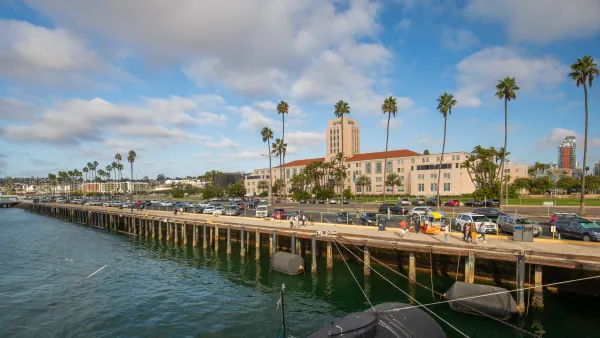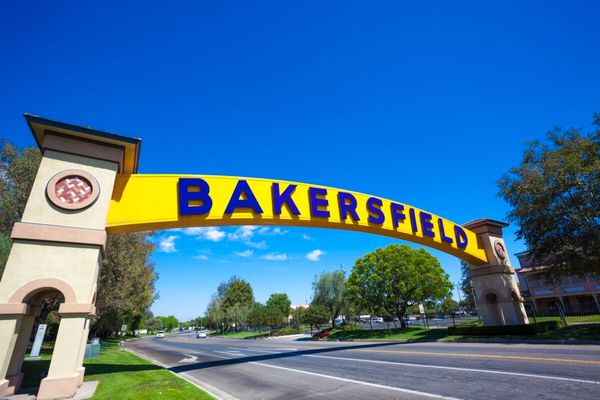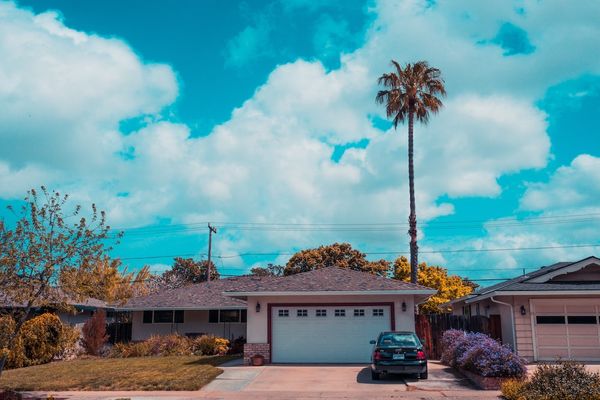California, with its iconic landmarks, picturesque beaches, and a rich mix of cultures, is one of the top destinations in the world. However, like any state, there are pockets of areas that may not be as safe as others.
It's essential for residents and travelers alike to stay informed about which cities in California pose a higher risk in terms of crime and safety. Here's a look at some of the most dangerous cities in the Golden State, based on the most recent crime statistics up to 2022.
1. San Bernardino
Located in Southern California, San Bernardino has faced economic challenges in recent years, leading to higher crime rates. The city has a higher-than-average rate of violent crimes, including robbery and aggravated assault. Although efforts are being made to revamp its image and increase public safety, it's always recommended to stay vigilant and be aware of your surroundings.
2. Oakland
Oakland, part of the San Francisco Bay Area, has seen its share of violent crimes, especially in specific neighborhoods. However, it's essential to note that Oakland is vast, and while some areas are considered high-risk, many neighborhoods are safe and thriving. As always, researching specific parts of the city before visiting can make all the difference.
3. Stockton
Located in the Central Valley, Stockton has faced challenges related to gang violence and property crimes. However, city officials and community leaders are tirelessly working to implement programs aimed at youth engagement and community building to reduce these rates.
4. Modesto
Another city in the Central Valley, Modesto, has been battling high crime rates for years. Property crimes, including burglaries and car thefts, seem to be a significant concern. As with other cities on this list, there are many safe neighborhoods in Modesto, so always do your research.
5. Bakersfield
Bakersfield, located at the southern end of the Central Valley, has also been struggling with high crime rates, both violent and property-related. It's essential to stay updated on the current crime trends if you're planning a visit or considering moving here.
Factors Contributing to Crime
While it's easy to pinpoint cities with high crime rates, understanding the reasons behind these numbers is equally crucial. A combination of factors like economic downturns, unemployment, lack of education opportunities, and gang presence can lead to increased crime rates. Many of these cities are actively seeking solutions, with local communities and officials working hand-in-hand to create safer environments.
Staying Safe
Regardless of where you're located, practicing general safety tips can reduce your risk of encountering crime:
Stay Aware
Always be aware of your surroundings, especially during nighttime or in unfamiliar areas.
Secure Your Property
Lock your vehicles and homes. Consider investing in home security systems if you're in a high-risk area.
Research
Before traveling or moving to a new city, conduct thorough research to understand which neighborhoods or areas might pose a higher risk.
Connect with Locals
Engaging with local residents can offer invaluable insights into the safety of various neighborhoods.
Understanding the Bigger Picture
To label a city as "dangerous" solely based on crime statistics can be misleading. Many of these cities have deep-rooted histories, diverse communities, and unique cultures that shouldn't be overshadowed by their crime rates.
San Bernardino
For instance, San Bernardino is not just a city with a high crime rate; it's also home to numerous cultural festivals, stunning natural parks, and historic landmarks. The city is making strides in community engagement, economic development, and urban renewal projects to enhance the quality of life for its residents.
Oakland
Similarly, Oakland is more than its crime statistics. It boasts a rich arts scene, with a plethora of museums, galleries, and theaters. The city is also known for its historical architecture, vibrant nightlife, and diverse culinary offerings. Initiatives like "Oakland Unite" focus on preventing violence in the city by providing support to those most at risk.
Innovation in Safety Measures
Cities are increasingly turning to innovative methods to curb crime rates. Technologies like surveillance cameras, gunshot detection systems, and data-driven policing are being adopted to make cities safer. Community policing initiatives, where officers engage actively with community members, are also gaining traction.
Economic Revival
Economic development plays a pivotal role in reducing crime. Cities are focusing on attracting businesses, improving infrastructure, and creating job opportunities. By addressing the root causes of crime, such as unemployment and lack of resources, cities can hope to see a decrease in their crime rates over time.
Community Engagement
Another essential aspect is the role of communities. When residents take an active interest in their neighborhoods, support local businesses, and report suspicious activities, it creates a sense of unity and purpose. Many of these "dangerous" cities have strong community groups working tirelessly to bring about positive change.
Final Thoughts
While certain California cities have garnered attention due to their violent crime rate exceeding the national average, it's essential to note that these statistics don't paint the entire picture. Labeling a place as the "most dangerous city" can overshadow the myriad positive aspects and ongoing improvements within these communities. For instance, while reported violent crimes might be higher in some regions, many cities are proactively combatting these issues, from gun violence to property crime. The nuances in each city's violent crime rate compared to its property crime rate can be significant and indicate different challenges and focal points for local law enforcement and the criminal justice system.
Moreover, a single metric or statistic doesn’t define the spirit and resilience of California cities. As many municipalities continue their tireless efforts to lower violent crime rates, community engagement and systemic reforms play pivotal roles in these endeavors. Residents and visitors alike should be informed, but also open-minded, understanding that while a city's violent crime rate stands out in reports, there are countless untold stories of growth, unity, and progress beneath the surface.
Lastly, as we navigate the complexities of crime data, it's vital to approach the subject with a holistic view. Beyond the headlines of gun violence or escalating property crime, there's a broader narrative about community empowerment, proactive initiatives, and the strengths of the criminal justice system. Every city, regardless of its challenges, is a testament to the collective effort of its people to create safer, more inclusive environments.






